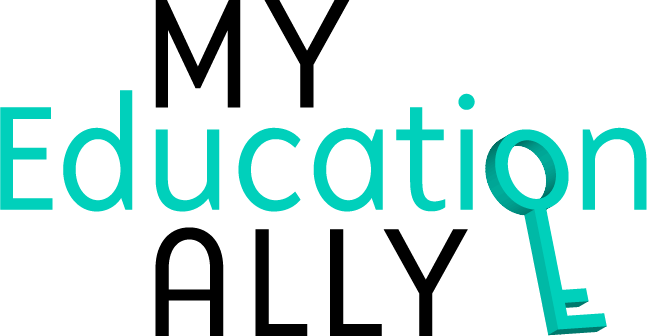
Presentation Accommodation Examples
Assessment Accommodation Examples
Timing Accommodation Examples
Extended time: Allowing students extra time to complete assignments, assessments, or tasks to accommodate processing speed issues, attention deficits, or other factors that may impact their ability to work quickly.
Flexible scheduling: Providing opportunities for students to complete tasks or assessments at times of day when they are most alert and focused, which can support students with attention difficulties or medical conditions affecting energy levels.
Variation in time: Providing options for students to choose the timing or duration of assignments or assessments, allowing them to work at their own pace and accommodate individual preferences or needs.
Changes in time of day: Offering flexibility in scheduling tasks or assessments to accommodate students' circadian rhythms or other factors affecting their alertness and productivity throughout the day.
Graphic organizers: Providing visual frameworks or templates to help students organize their thoughts and structure their responses, which can support students with executive functioning difficulties or organizational challenges, ultimately saving time during the completion of tasks.
Flexible deadlines: Allowing students to negotiate deadlines or submit assignments within a flexible timeframe, providing them with additional time as needed to complete tasks effectively.
Breaks: Short breaks during instructional activities or assessments to rest, refocus, or manage fatigue or attention difficulties. Breaks can help students recharge and maintain engagement and productivity throughout the learning process.
Response Accommodation Examples
Environment Accommodation Examples
> Establishing consistent routines and providing visual supports such as schedules or timers to help students with transitions between activities or changes in the daily routine.
Positive Behavior Intervention System (PBIS)
What is PBIS?
3 Tiers of PBIS
Tier 2: Targeted Interventions (Some): Interventions intended for those who may need more support than Tier 1, but do not have as intensive needs as those in Tier 3. Those in Tier 2 may focus on areas such as social skills, self-management, academic support, and more.
Tier 3: Intensive Interventions (Few): Intervention support for those showing more significant, or dangerous, behaviors. This tier is more personalized and individualized, supporting those who may have developmental disabilities, autism, emotional and behavioral disorders, and more.
Take a look at our implementation guide to find examples of PBIS interventions within each Tier!
Implementation Guides
More Resources
References: https://www.pbis.org, https://www.understood.org/en/articles/what-is-pbis
Visual Suports
Explore some examples of the commonly used visual supports.
Visual Schedules
Task Breakdown
Behavior Charts
Other Visual Supports
